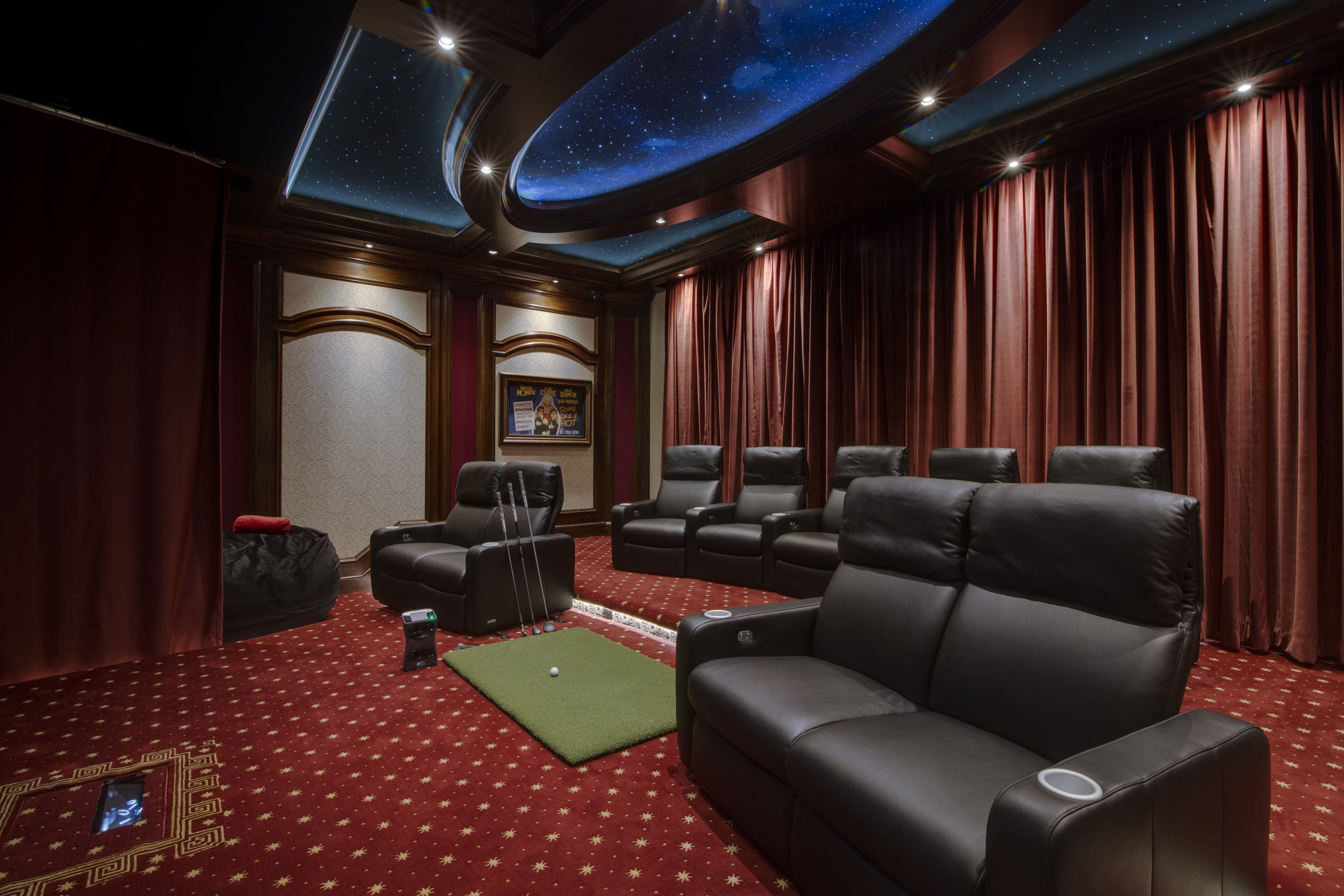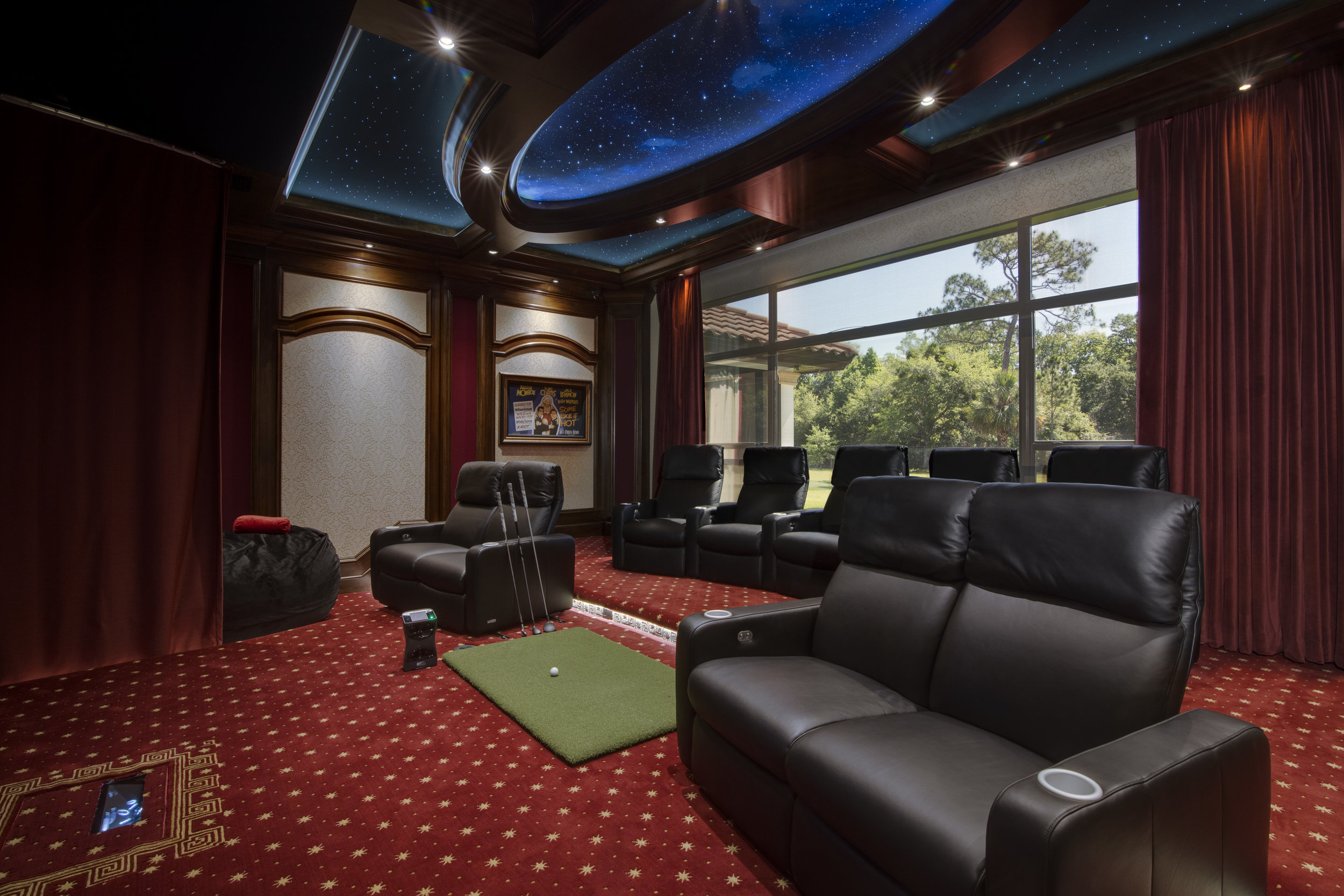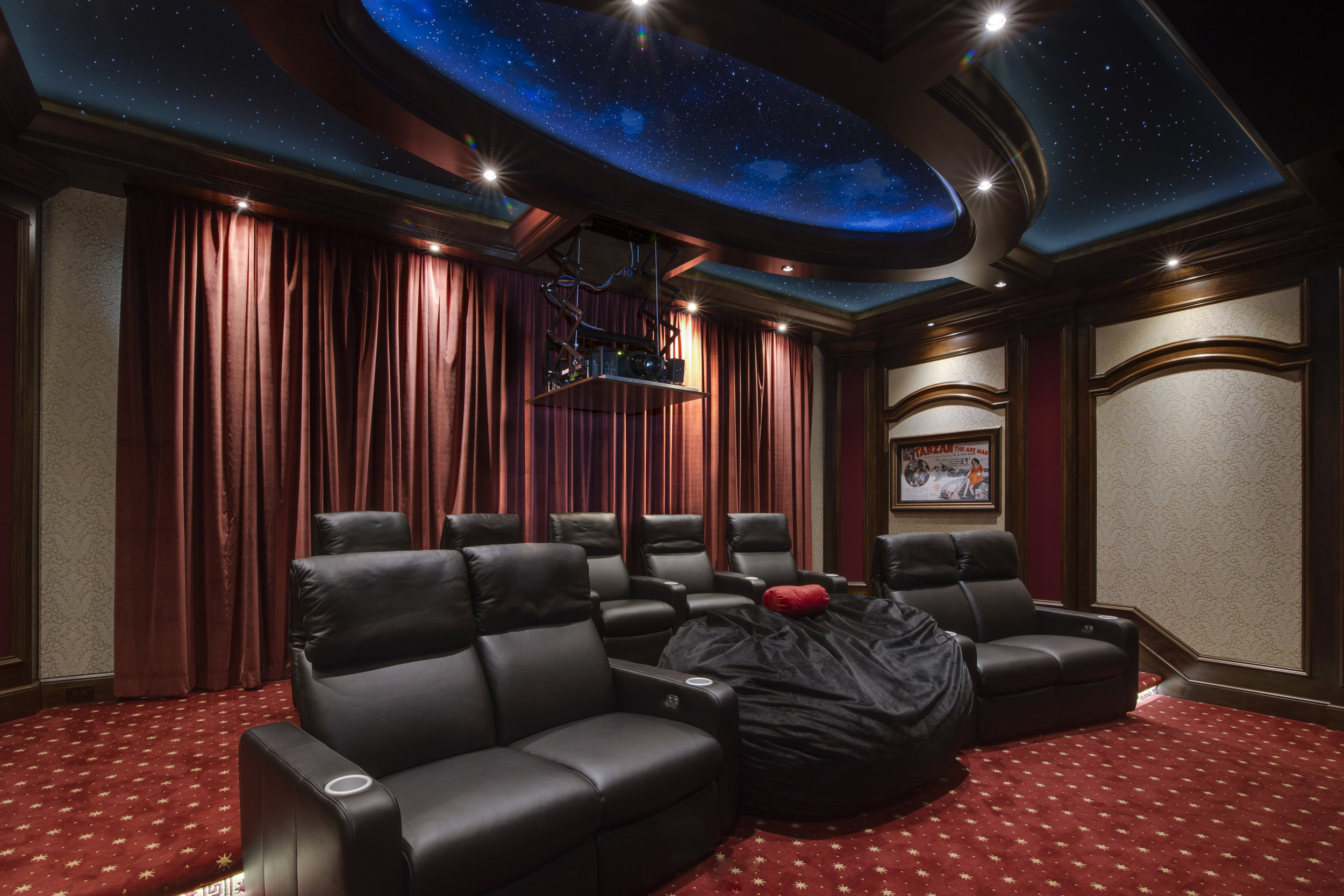May 31, 2017
Tackling a multi-room installation project that includes a whole home control system, distributed audio and video throughout, and a dedicated home theater with Dolby Atmos 3D surround sound is never easy, as home technology professionals know. Some of the key challenges that come standard with nearly every large project:
- Forgetting to include certain accessories (such as wiring and cables) in the initial bid, reducing profitability
- Underestimating labor involved, which increases project timelines and reduces profitability
- Leaving small but important parts back at the warehouse due to incomplete pick lists, leading to added mileage, wasted time, and (once again!) reduced profits
Of course, each of these errors also comes with the added cost of potentially upsetting the customer by delaying the project and presenting your firm as less than professional.
Fortunately, the opposite is also true. Get all the details right, and the customer will invite you back. That’s exactly what happened to Millennium Systems Design when the Orlando, FL-based custom integrator was called to install an extensive Elan g! Control system in the Winter Garden, Florida, home of a high-profile athlete.
Streamlined Business Process Equals Repeat Customers
“The client used Millennium Systems Design at their last home,” says Mauricio Barrientos, Director of Operations for Millennium Systems Design. “Due to the success of that project, it was an easy decision for the client to call us again and request us as their AV company for this new construction project.”
“The success of the first project was based on our systems and processes that we developed using D-Tools,” adds MSD Owner Mike Barry. In all, Barry estimates MSD has saved 5 to 10 percent in project costs over the years thanks to the efficiencies added by D-Tools. “When your average project is between $100,000 and $150,000, a five to 10 percent increase on profit is tremendous,” he says.
Most importantly, customers are happy. “We are a 90-percent referral based company, and D-Tools System Integrator has a lot to do with that,” says Barry. “Whether it’s a quote, a pick-list, a design, or project management, D-Tools is the backbone of everything we do here at Millennium Systems Design.”
In the past, MSD used Excel spreadsheets to help create bids and generate pick lists. “We’d sometimes have missing product when we designed a system, or we wouldn’t capture labor properly, increasing our internal costs for the project and reducing profitability,” says Barry. “We needed to be more efficient as a company.”
MSD encountered the D-Tools SI platform at CEDIA ten years ago and thought it could help solve these challenges. Today, Barry and his team, including Barrientos, General Manager Kale Scheitler, and Lead Technician don’t bat an eye when tasked with designing a large, multi-zone, whole-home system for even the highest profile clientele.
D-Tools Data Library Offers Simple-to-Use, State-of-the-Art Tech for Project
Essential to the successful project is the management of product data. D-Tools Data Library provided MSD with access to a comprehensive library of manufacturers’ products including those needed for the customer’s whole-home AV, control, and lighting needs. The family needed a whole-home control system and a sophisticated intercom so that the parents and five children could easily communicate within the sprawling 10,000-square-foot, single-story house located in Winter Garden, Florida. The husband, additionally, wanted a state-of-the-art system leveraging the latest smart home technology to control audio, video and lighting throughout, while the wife required something simple to use.
Millennium Systems Designs met these diverse needs with an Elan g! system using a combination of in-wall touch panels, handheld remote controls, keypads, and a mobile app to control 32 audio and 16 video zones throughout the home, in addition to smart lighting, surveillance cameras, the swimming pool technology systems, irrigation control, and a smart door bell and intercom at the home’s front entrance that enables the family to communicate with visitors at the door and with each other through touch panels installed throughout the home. The system also controls all the technology in the family’s dedicated home theater.
The home theater, a casual space with a family room feel, features KEF in-wall, three-way LCR speakers behind a 123” acoustically transparent Stewart Filmscreen Luxus Deluxe projection screen, powered by a Digital Projection LED projector. The set-up enables the family to watch movies together in 3D, play video games, and even research homework projects using the Internet on the larger-than-life screen.
The 7.2.4 Dolby Atmos system is comprised of 7 KEF in-wall and 4 KEF in-ceiling THX-certified surround speakers, plus 3 KEF in-wall THX certified subs. The audio and video in the theater is all processed by a Yamaha AVentage AV receiver and controlled through an Elan HR2 handheld remote or via the homeowners’ smartphones or tablets through the Elan mobile app.
While the home theater is certainly a marquee project on its own, the rest of the house also provides an exceptional entertainment experience for the family, with distributed stereo audio supplied by 50 Origin Acoustics in-ceiling speakers in the foyer, office, library, bar, salon, wine/cigar room, dining room, kitchen, living room, and all outdoor living areas, plus surround sound configurations in the largest spaces, such as the kids’ lounge and the grand hall. Each room represents its own audio zone, with a 5-stream digital media player as the source, eight sources reserved for video distribution, and an additional three available for expansion.
Currently, five out of 16 video zones are in use, receiving feeds from 7 different sources, including five BrightHouse Cable / satellite receivers, a Sony Blu-Ray player, and a client-supplied AppleTV/Roku box.
Project Design and Management Made Easy
Managing such a vast multi-room project is normally one of the most difficult aspects of residential systems integration. Home technology professionals stand to lose thousands of dollars by underestimating labor. “D-Tools helped us tremendously with time management,” says Barry. “By knowing the amount of time we budgeted per device, we were able to schedule a profitable project.”
Additionally, he says, overall organization is improved using D-Tools. “The installation reports helped us manage our time, projects, and schedule, and gave us the flexibility to separate products by room and then assign different technicians to different rooms to keep things running smoothly.”
D-Tools has also made the design process simpler and more accurate. “We can attach accessories to each item as needed. For example, when we added the Sony Blu-Ray to the project, the HDMI cable was automatically attached. We’re no longer letting things like that slip through, which could add up and create a less profitable project,” says Barrientos.
In the case of multi-room installations such as this Winter Garden home, MSD uses packages to simplify the design and bid process. “We just create a television package that includes the screen, mount, surge protection, HDMI cable and labor. Then we insert that into the proposal wherever it’s needed, saving us time and eliminating redundancies,” he says.
Once all the products are specified, they automatically go into pick lists. “With the pick lists we can order by phase and have an accurate account of what we need,” adds Barry. This ensures nothing is left back at the warehouse—and, just as important on a project this size—that each piece of equipment is in the right room when it’s needed.
Designing and Documenting Robust Networking Systems
Of course, a project with this many IP-controlled devices needs an enterprise grade network, which MSD was also able to design in D-Tools. With a full gigabit hardwired network as well as 5 indoor wireless access points and one outdoor access point for comprehensive network coverage, the system easily services the control system, media systems, and the family’s personal devices.
The network and wiring systems also enable audio video equipment to remain hidden and easily serviceable in a technology closet without reducing signal quality. To accomplish the task, MSD relied on their own field technicians as well as wiring subcontractors, a process made easier by D-Tools’ capabilities. “The AutoCAD integration helped our technicians and wiring subcontractor see a more details view of the project and be able to makes changes on the fly as necessary,” says Barrientos. When you make a change in one area of D-Tools, the changes are reflected on all reports, minimizing data entry, reducing the chance of mistakes, and eliminating redundant work.
Improved Design Processes, Scheduling, Documentation, and Time Management
“D-Tools has improved our design processes, our scheduling, our time management, and our ordering processes,” says Barry. “We use D-Tools for all our projects now because we think it is the best tool for proposals, documentation, and system design.”
As a result of the care, attention-to-detail, and state-of-the-art technology systems, which all began with a proposal drawn up in D-Tools, the family has plenty of room to play and grow. “The clients now have an easy to use, elegant, trouble-free system that allows them to entertain friends and family and manage their daily life,” concludes Barrientos.
D-Tools’ data-driven estimation, design, and proposal capabilities helped MSD manage the project from start to finish, improving the company’s overall efficiencies, streamlining business processes, and resulting in a very satisfied client.
For additional information on D-Tools award-winning software for system integrators and a free 30 day trial, visit www.d-tools.com.

















